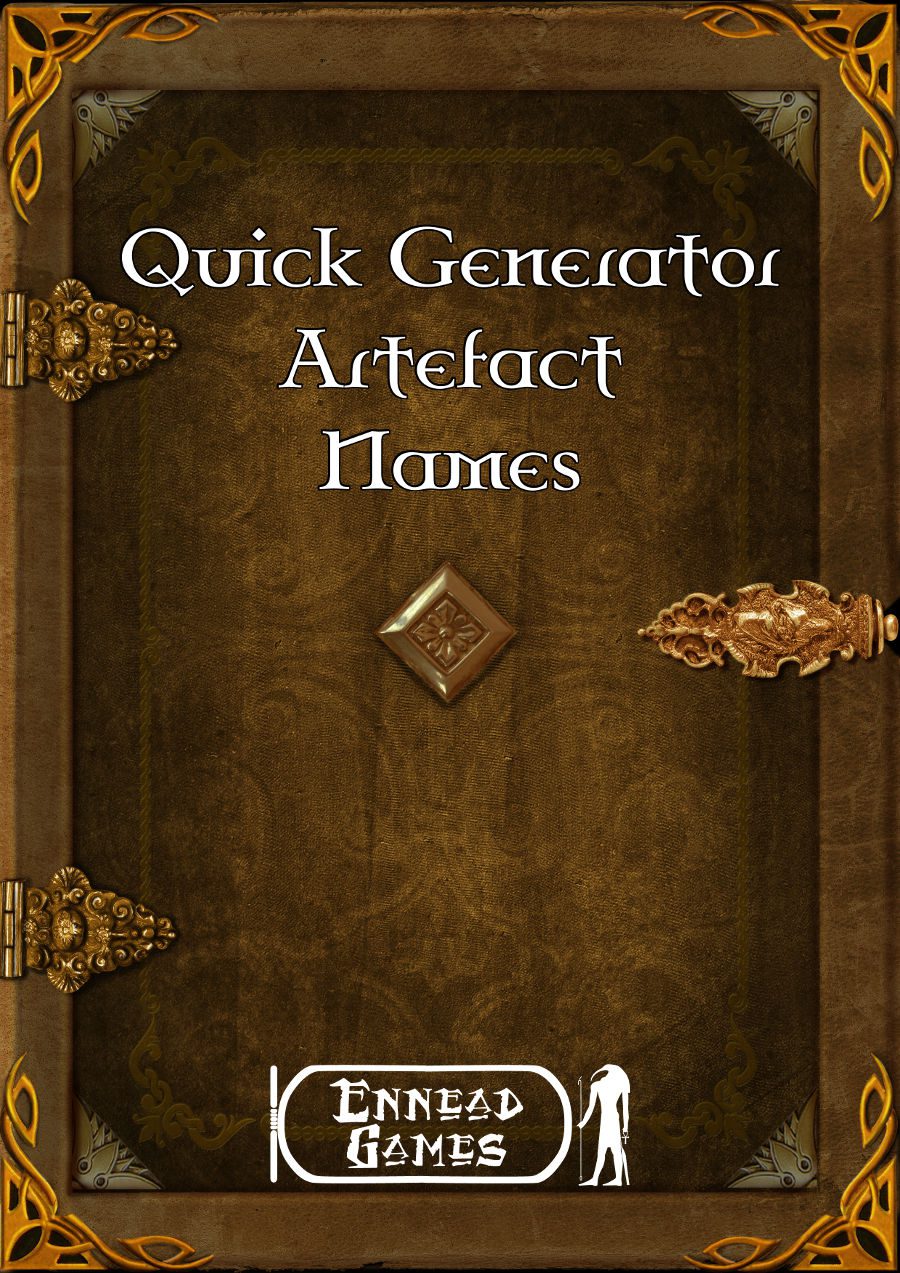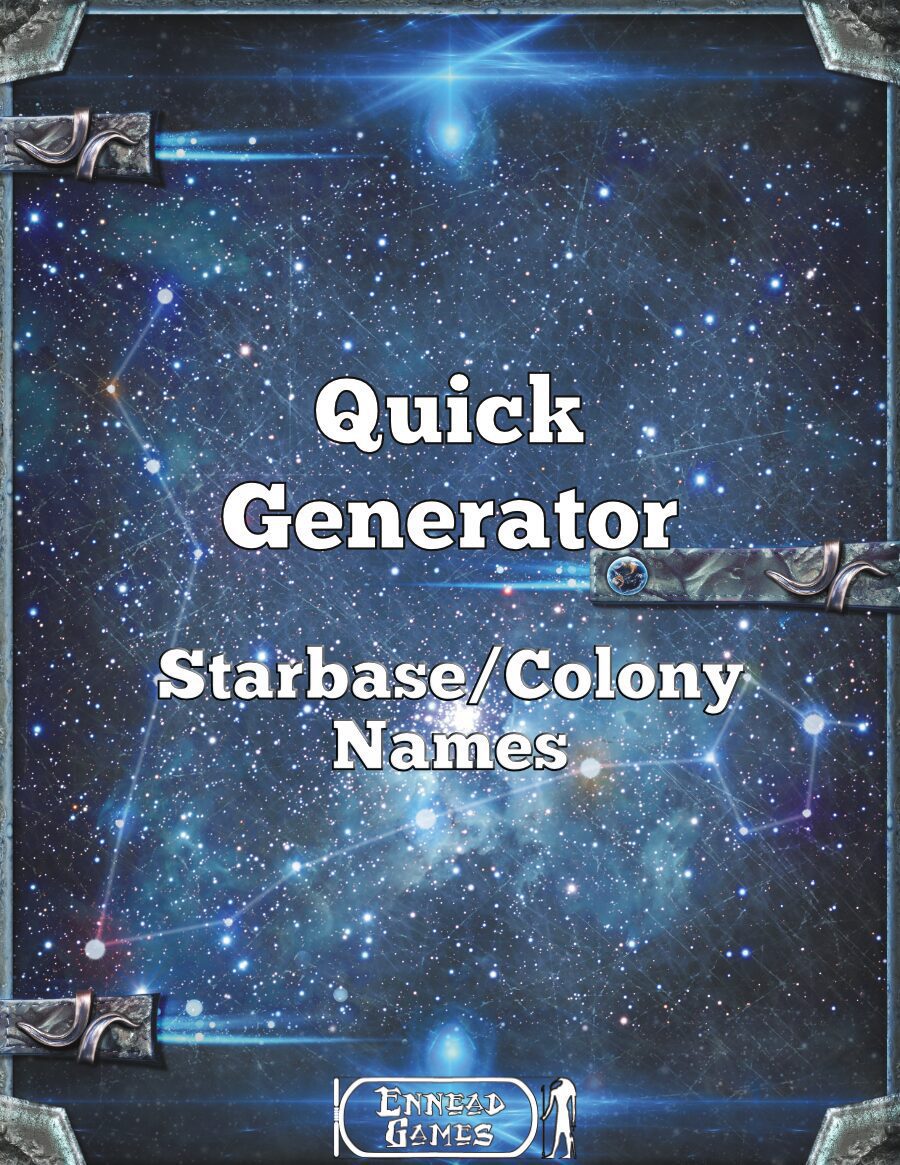
A Taste of Summer
Phil Nicholls blogs at Tales of a GM, where he writes about narrative gaming, faster prep and more story. He is currently running a HeroQuest Glorantha campaign in a home-brew setting. Phil has written for Johnn Four’s Roleplaying Tips newsletter and has a selection of self-published pdfs.
This essay is taken from the archives at Tales of a GM.
Tales of a GM hosted the June 2015 RPG Blog Carnival. I chose the seasonally appropriate topic of Summerland as my theme. In this, my fourth essay on the topic, I offer suggestions on how to use summer foods to evoke your setting.
Seasonal Foods
In the modern West we are mainly sheltered from seasonal variations. Most food is available throughout the year, often imported from around the world. Modern technology provides chilled and frozen storage options in our homes. We have lost the innate connection between the time of year and what we eat.
Certain times of the year are marked with specific meals, and these tastes and smells help to invoke those festivals. This principle can be used in your game to bring alive the different times of the year. Focusing on the taste of summer in your game will help the Players appreciate the current season.
In this essay I offer a brief overview of using seasonal foods in fantasy, modern and SF games.
Fantasy Foods
There are several ways for a fantasy game to use food to invoke the season. The first, and simplest way, is to emphasise the seasonality of food. Historically, there was often a hunger gap through July and a resulting spike in food prices. Once Lammas is passed, however, there will be an abundance of fresh bread as wheat is plentiful once more.
Later in the summer, when the peas have been harvested, pease pudding is served in every tavern and inn. Continue this through the year, with the selection of foods from vendors and taverns linked to the latest crop harvest.
A slightly more knowing approach contrasts the availability of a modern luxury food with its fantasy equivalent. In the modern section below, I discuss the British love of strawberries and cream. A fantasy setting may suddenly have strawberries available for a single week in late June.
By their scarcity, the strawberries would be in high demand. They may be the height of fashion or perhaps used as part of the feast for a local festival. Then they vanish again, as the local supply of wild strawberries is quickly consumed.
Ice Cold in Summer
Another way of contrasting the fantasy setting with the modern world is to emphasise the luxury of ice. Magical storage options could mimic modern freezers. Likewise, a portal to a plane of ice, or just a glacier in the frozen north, would permit an endless supply of ice.
However, there are some low-magic options which can add to the setting. My neighbouring town has an old ice house still standing by the river. Such buildings have thick stone or brick walls to insulate the contents and are often conical or domed.
Ice is imported, or harvested in winter, then stored in the ice house. During the summer, the nobles flaunt their wealth by serving iced wine or sorbets at feasts and banquets. For a society lacking modern refrigeration technology, the presence of ice in summer will be remarkable. Once more, this will highlight the differences between the setting and modern society.
Modern Tastes
Clearly, the same tricks will not work in a modern game. However, a modern GM can easily search the internet for background details to bring their game alive. With respect to the tastes of summer, there are two main areas of research: cultural foods and styles of eating.
Eating the Culture
Come the summer months, there are some iconic foods for every culture. Here in Britain, strawberries and cream are the classic summer food. For many of us, the image of summer is also linked to the ice cream cones we ate at the seaside as a child. Use these foods in your game to emphasise the experience of being in Britain in the summer.
There will be similar seasonal foods suitable for every culture. Highlight them in your game to underline both the time and the place. Then, when your Players move on to the next location, or time passes, alter the food to reflect these changes.
Styles of Eating
The other way to represent a location is to focus on their style of eating. Are there any seasonally appropriate ways to prepare or consume food?
A classic example of summer eating is the barbeque, although for the genuine British experience it probably should be raining too. A picnic in the woods is another option. Again, the British version is the picnic in the car watching the rain fall. Other possibilities include a bonfire on the beach, or perhaps a pool party.
By presenting the culture in this way, the GM is giving the Players both a sense of place and time. Elements of the culture can be highlighted, and the Players have the chance to roleplay in a fresh environment. If your game rapidly moves from one location to another, then emphasising the local cuisine helps prevent everywhere from feeling like the same place.
The Future of Food
In a SF game, there are still ways to emphasise the food as a cultural marker. Technology will negate many of the differences highlighted above. All manner of food can be stored, imported or replicated. Yet, the cheapest foods will always be the ones from the local planet, and these will be subject to the seasons.
The simplest approach is to adopt an exotic extrapolation of the principles outlined above. So, sticking with the iconic strawberries and cream, there are several ways to emphasize culture. Local, seasonal, strawberries may be larger, or simply a different colour. Likewise, everyone may be able to replicate strawberries, but the true gourmand demands imported strawberries from Sirius Major.
Conversely, in a world where everyone is shielded from seasonality by technology, it could become fashionable to embrace seasonal food. Thus, the local elite may disdain replicated or mass-produced foods. This allows you to highlight local, seasonal foods grown by the rich in their private hydroponic farms.
Conclusion
There are many ways food can highlight the current time and place of the setting. For those games involving a lot of travel, food is a great way to help the Players distinguish between locations. The seasons are often hand-waved in our games, yet they hold such a strong impact on our daily lives. Why not use food to emphasise this link in your game?
What summer foods do you have in your setting? Can you add some seasonal or cultural food to emphasise the current location? Share your thoughts in the comments below.
Happy Gaming
Phil
For more essays from Phil, and updates about his latest campaign, visit Tales of a GM.




2 thoughts on “[Tales of a GM] – A Taste of Summer”
Comments are closed.